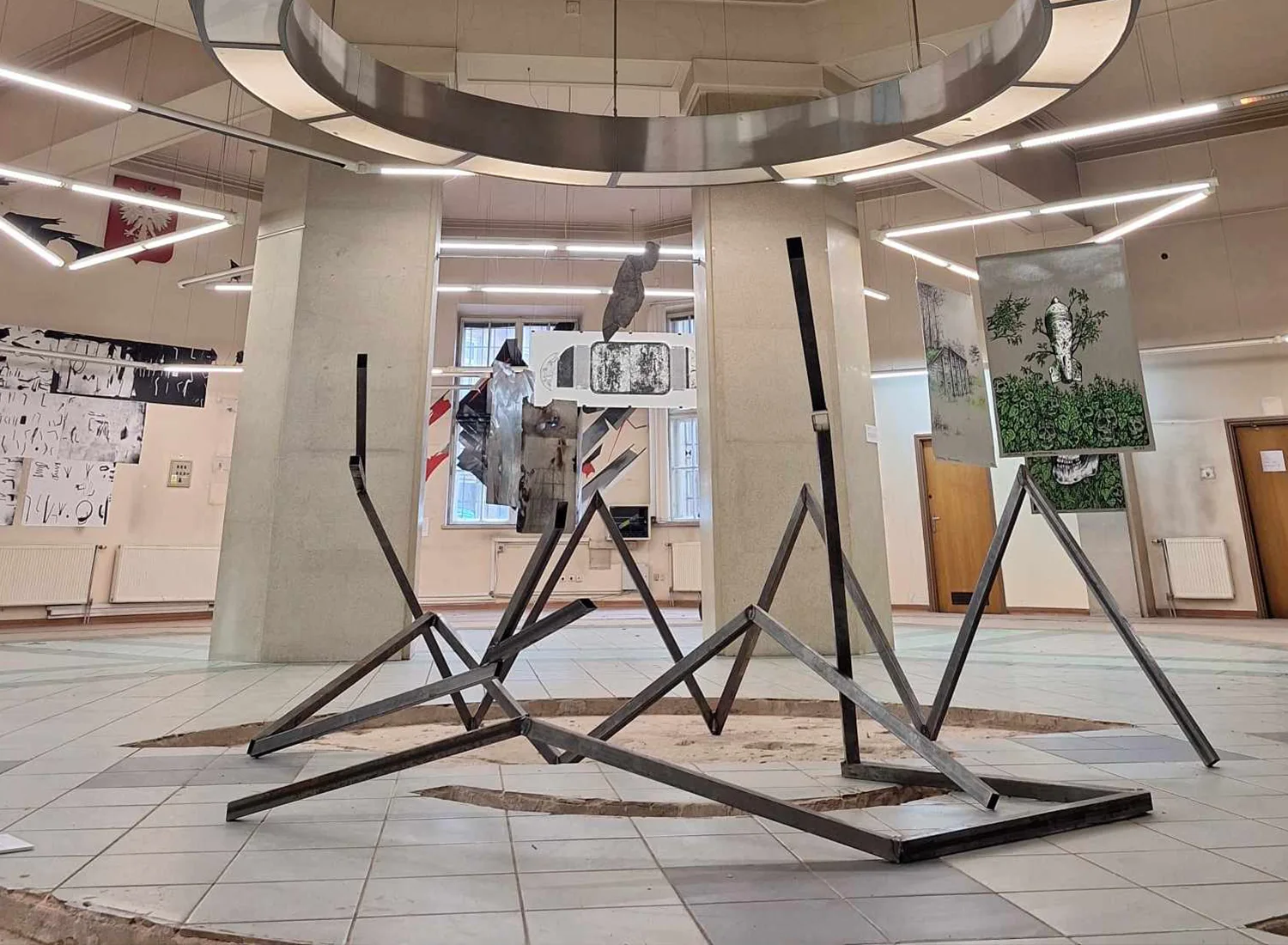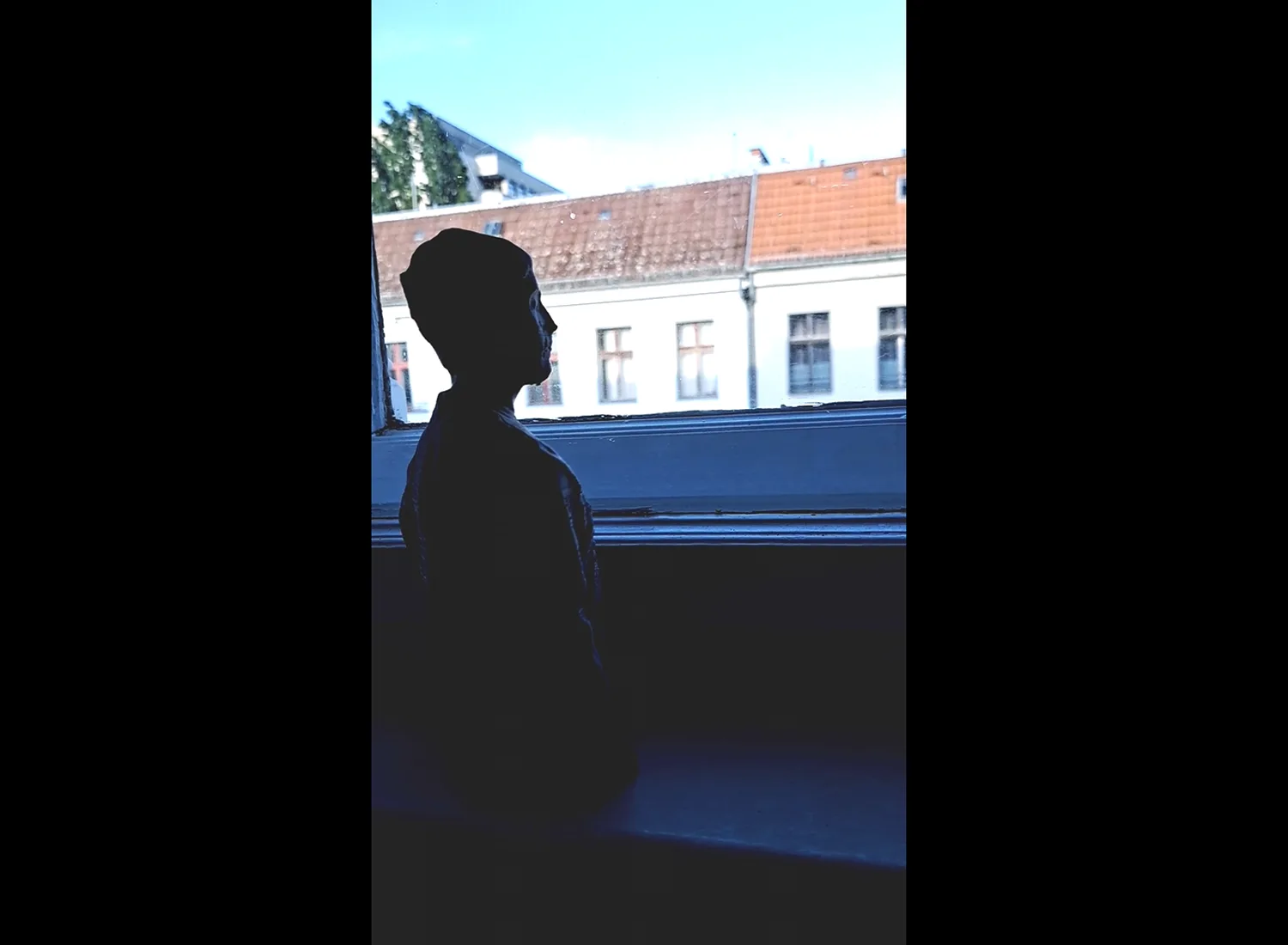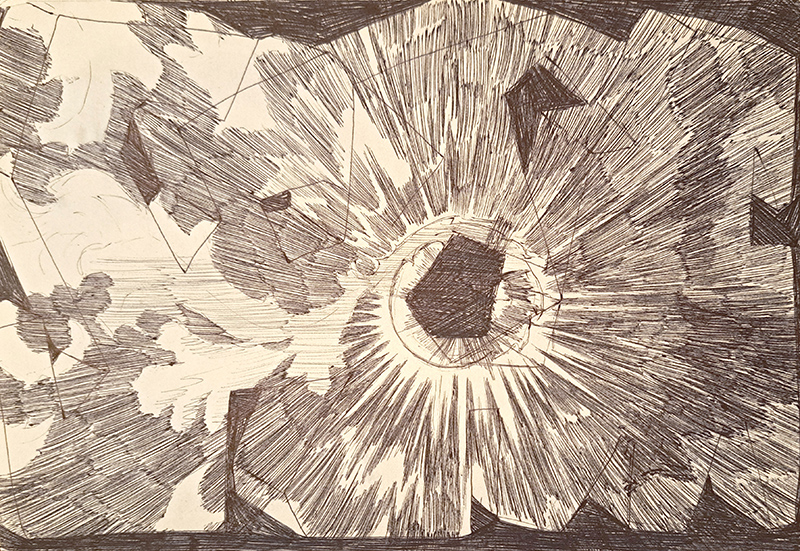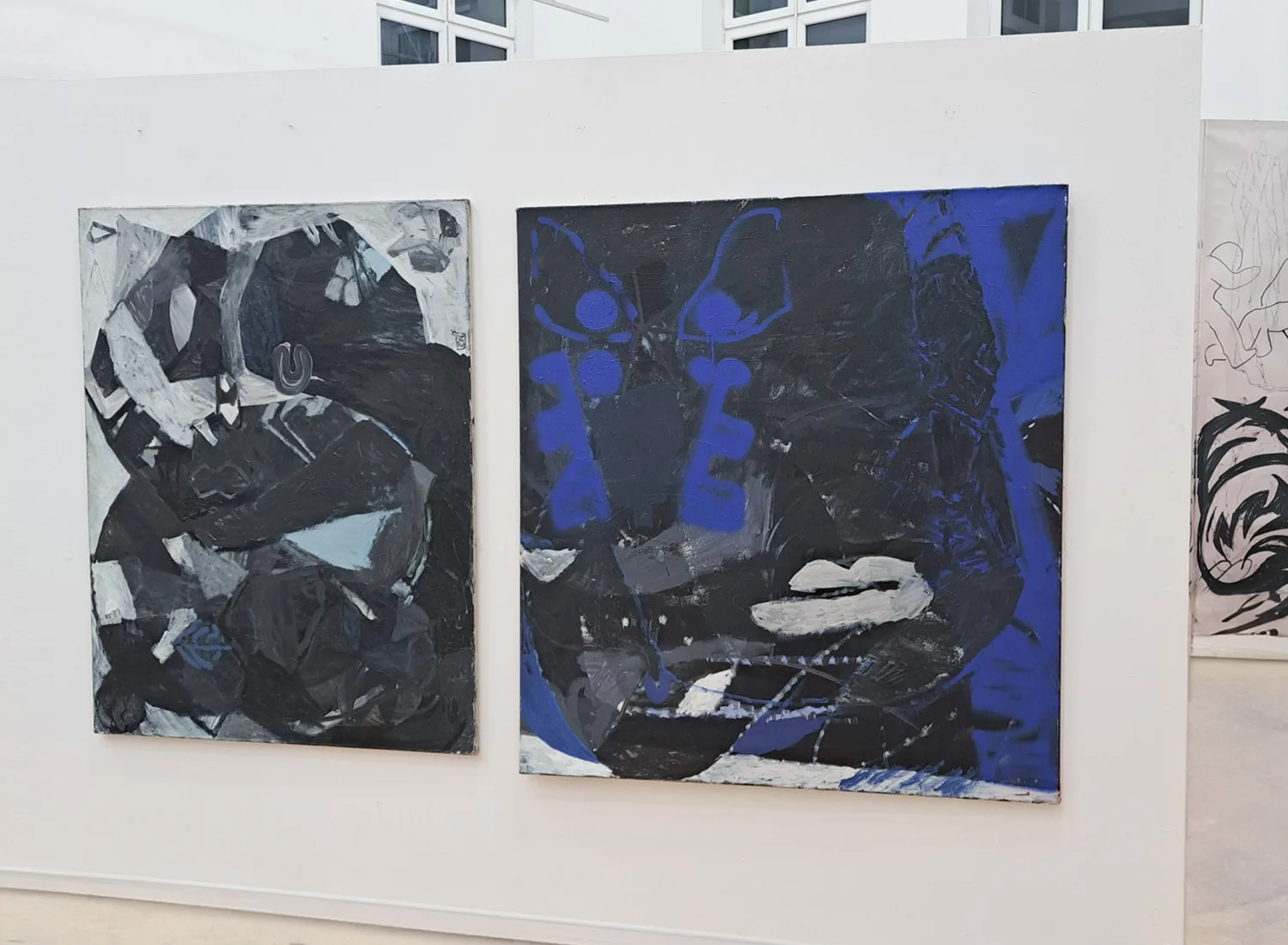
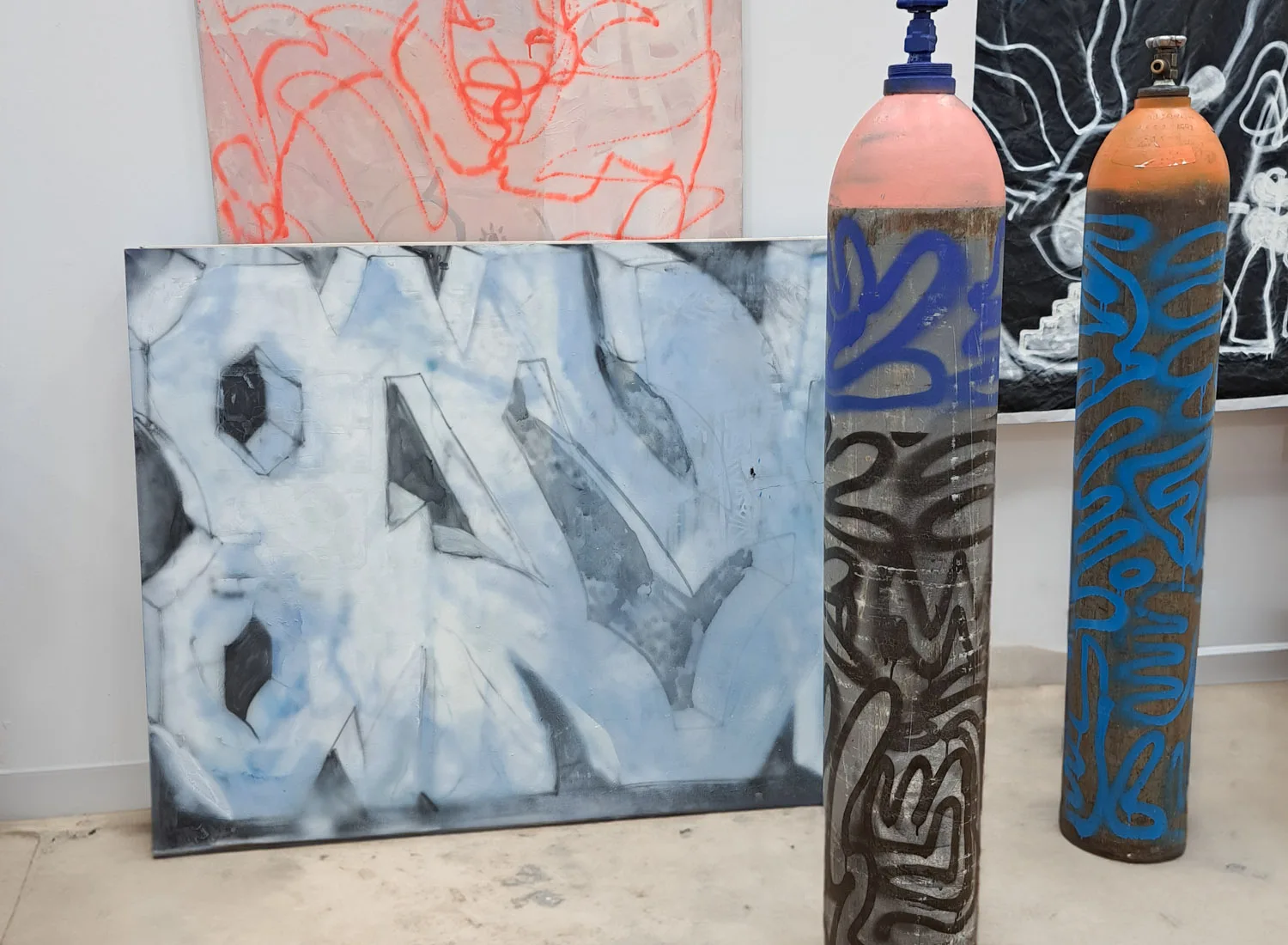
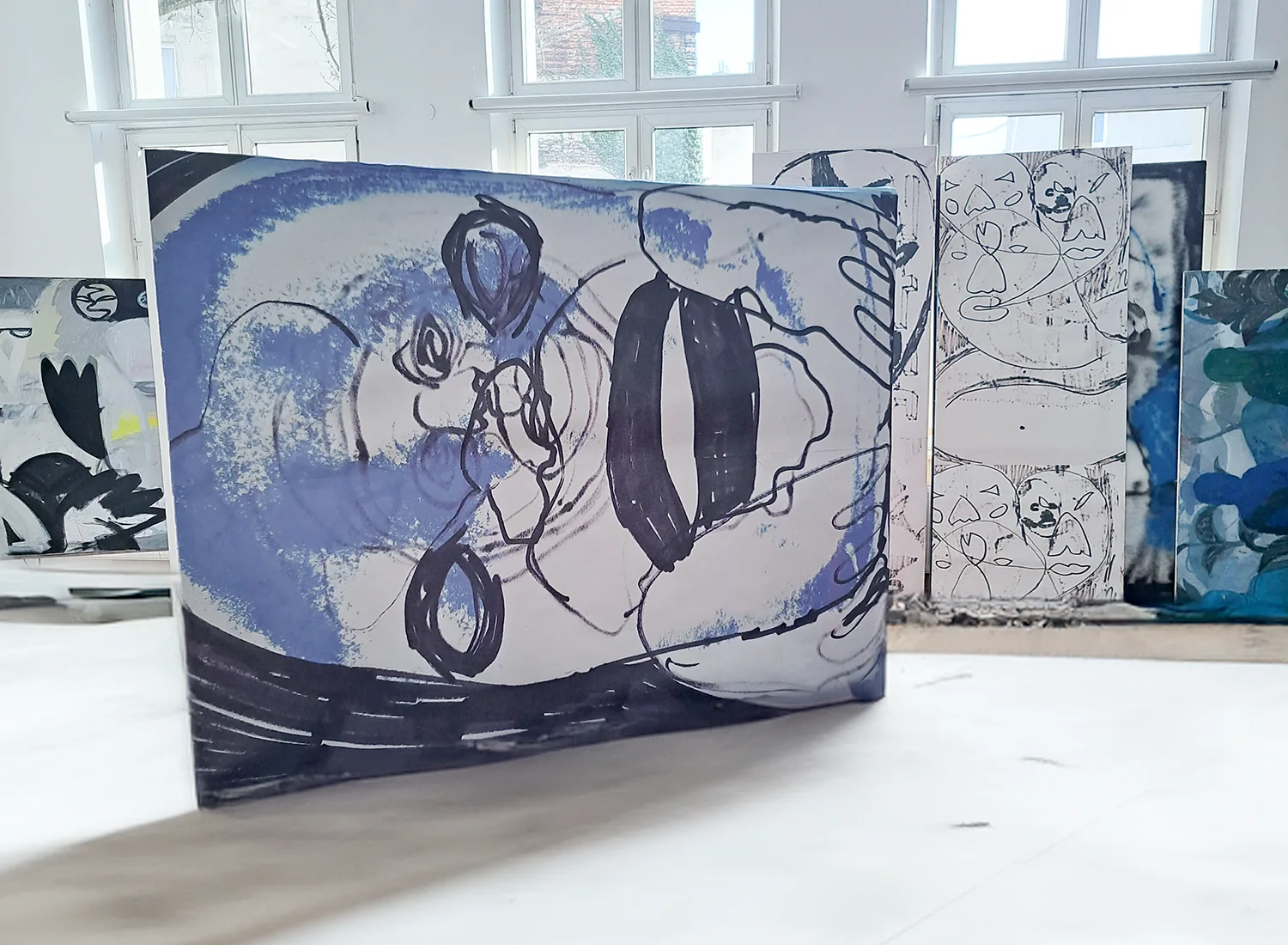
Curatorial text
Piotr Kolanko “All my hairy thoughts”
In the early part of the last century, artists such as Henri Matisse and Pablo Picasso were fascinated by the phenomenon of the painterly trace and the attempts to capture what is ethnographically surreal through it. The myth of the “noble savage,” to which they succumbed, arose largely as a response to disillusionment with Enlightenment rationalism and the dystopian vision of unbridled technological development. Their hunger for what is anti-intellectual, irrational, and untamed was fed by non-European art objects, then called “primitive.” As curator Susan Vogel wrote, the bronzes looted from the Kingdom of Benin at the end of the 19th century were considered the “first work of art” originating from Africa. However, what primarily occupied avant-garde French artists was the production of their own artifacts, used in private rituals, within self-invented “cultures.” Equally fascinating to them as non-European art was prehistoric art, perhaps because, as Mieczysław Porębski wrote, “the same natural wavy line of the back-neck could turn into a bison, aurochs, mammoth, horse, crouching woman. In the same fragment of stone, bone, or horn, the mass of a crouching animal and the abundant shape of a Paleolithic Venus were contained.”
Piotr Kolanko explores the phenomenon of the painterly trace, seeing it as a kind of sign that does not have to be a symbol that can be read. Unlike creators in the early 20th century, Kolanko does not appropriate the heritage of distant non-European cultures. The field of his archaeological searches is different, a specific archive – an attempt to capture states of his own unconsciousness, to which the only possible insight is given by dream analysis, experiment, or introspection. Having biographically experienced the inevitability of death, the artist cultivates élan vital, collecting transgressive events and experiences.
One of the afterimages returning to him is a factory in Jasło inherited from his deceased father, located on the periphery of global capitalism. In connection with its genius loci, Kolanko explores the theme of his own entanglement in the mechanism of producing single-use goods – the plant he currently runs is engaged in designing and manufacturing trade fair stands, whose purpose assumes a quiet, inevitable, and rapid transformation – into trash. The artist captures post-factory wastelands, characterized by high mortality, which their inadequacy allowed to escape the fate of goods or which, according to the logic of late capitalism, have already completed their biographies. In the ecstasy of compulsive appropriation and filling of such canvases, like a modern shaman on post-factory ruins, he paints peculiar maps of his journeys to artificial paradises – not free from the hell of global capitalism.
Kolanko’s works pulsate with a restless line as a result of a process of surrendering to intuition and following the logic of a long-practiced process of unlearning. The artist is interested in the act of discovering shape in drawing, in being attentive to the line and being with it here and now – in the effort of recognizing what it strives for, how it is omnipresent and all-encompassing. As a creator, he draws inspiration not from cave painting, but from the reservoir of elementary forms of vernacular urban aesthetics – from graffiti. He is interested in the emerging type of unpredictable ornament, which appropriates and covers surfaces previously silent and commodified, marking them with the network of his private references. This all-encompassing painting often goes beyond the frame of the canvas, taking the form of an affective environment, manifested through spatial forms and acts of rebellious capture of existing elements of urban infrastructure. One could say that the artist, like a contemporary ethnographer – indeed, as Claude Lévi-Strauss said – tries to connect “the two extremes – the edge of the world and mine.” The medium of expression is not always the brush, more often it becomes spray paint, and the pretext for creating large-format realizations is provided by his continuously updated private archive, counting thousands of pages of sketchbooks.
In relation to shamanistic practices, death meant a certain significant transformation. Piotr Kolanko’s painting practice primarily transforms the “lumpen ephemera” he captures, the waste of capitalism – without his intervention, this materiality would probably no longer interest anyone. These objects, incorporated into artistic practice, become the personification of a certain self, and their phenomenon is associated with the exploration of memory and a landscape marked by antagonism.
PhD Weronika Plińska


